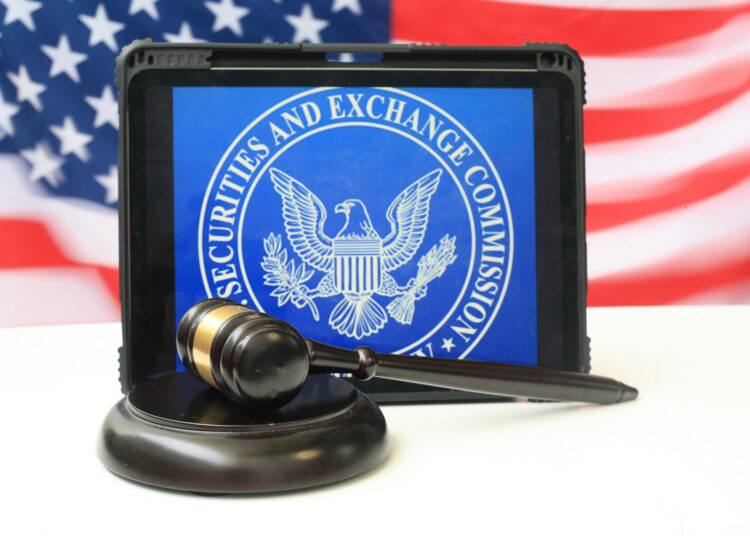In the ever-evolving landscape of digital finance, the United States Securities and Exchange Commission (SEC) has made significant strides in clarifying regulatory frameworks around cryptocurrencies. As digital assets continue to integrate into mainstream financial systems, regulatory clarity is essential for fostering innovation while safeguarding stakeholder interests. The SEC’s recent announcement regarding the status of dollar-backed stablecoins marks a pivotal moment in this journey, offering clear guidance for investors and financial institutions alike. This article delves into the implications of the SEC’s position and what it heralds for the future of stablecoins and broader cryptocurrency regulations.
SEC Clarifies Regulatory Status of Dollar-Backed Stablecoins
Understanding Dollar-Backed Stablecoins and Their Regulatory Position
Recently, the SEC officially stated that stablecoins pegged to the US dollar, such as Tether’s USDT and Circle’s USDC, do not qualify as securities. This pronouncement is crucial as it provides a clearer regulatory pathway for these digital assets, affirming that covered stablecoins are neither securities under the Securities Act of 1933 nor the Securities Exchange Act of 1934. Consequently, companies involved in minting or redeeming these stablecoins are exempt from registering their transactions with the SEC.
Implications for Algorithmic Stablecoins
While the SEC’s clarification regarding dollar-backed stablecoins is a positive step, algorithmic stablecoins remain in a regulatory gray area. These stablecoins, which adjust their supply based on algorithms to meet demand, were not explicitly addressed in the SEC’s statement. The absence of regulatory clarity in this domain is particularly noteworthy given the collapse of Terra’s stablecoin (UST) in 2022, which highlighted significant vulnerabilities and risks in the market, resulting in multi-billion dollar losses.
Alignment with Legislative Efforts: The GENIUS Bill and Stable Act of 2025
The SEC’s stance aligns with legislative efforts such as the GENIUS stablecoin bill and the Stable Act of 2025, currently under consideration in the US Senate. These legislative pursuits aim to establish a comprehensive regulatory framework that would see stablecoins subjected to Federal Reserve oversight. By ensuring these tokens are backed with US dollar deposits held in regulated institutions, the legislation seeks to maintain the US dollar’s dominance as the world’s primary reserve currency.
The Strategic Importance of Stablecoins
With Tether’s USDT ranking as the largest stablecoin with a market cap exceeding $144 billion, the strategic importance of these digital assets cannot be overstated. They play a vital role in facilitating seamless digital transactions and providing liquidity across various financial platforms.
Frequently Asked Questions
What distinguishes covered stablecoins from algorithmic stablecoins?
Covered stablecoins are backed by tangible assets like the US dollar or short-term governmental securities, ensuring stability and liquidity. In contrast, algorithmic stablecoins rely on complex algorithms to control their supply and maintain their peg, often without traditional asset backing.
Why is regulatory clarity important for stablecoins?
Regulatory clarity ensures that stablecoin issuers and users understand their legal responsibilities. It helps foster innovation while mitigating risks, protecting consumers, and promoting trust in the digital asset ecosystem.
How does the SEC’s decision impact the future of stablecoins?
The SEC’s clarification supports the growth and integration of stablecoins into mainstream finance by providing a regulatory framework that defines their role and usage. This fosters innovation and enhances trust among investors and financial institutions.
Is Tether’s USDT considered a secure investment?
Tether’s USDT is widely used due to its liquidity and stability, being backed by reserves in US dollars and low-risk assets. However, as with any investment, it is essential to thoroughly assess market conditions and regulatory developments.
This comprehensive guide to the regulatory status of stablecoins explores their implications for the cryptocurrency market, highlighting both the potential and the challenges that lie ahead. As regulatory frameworks continue to evolve, staying informed about these changes is crucial for investors and stakeholders aiming to navigate the dynamic world of digital finance.

